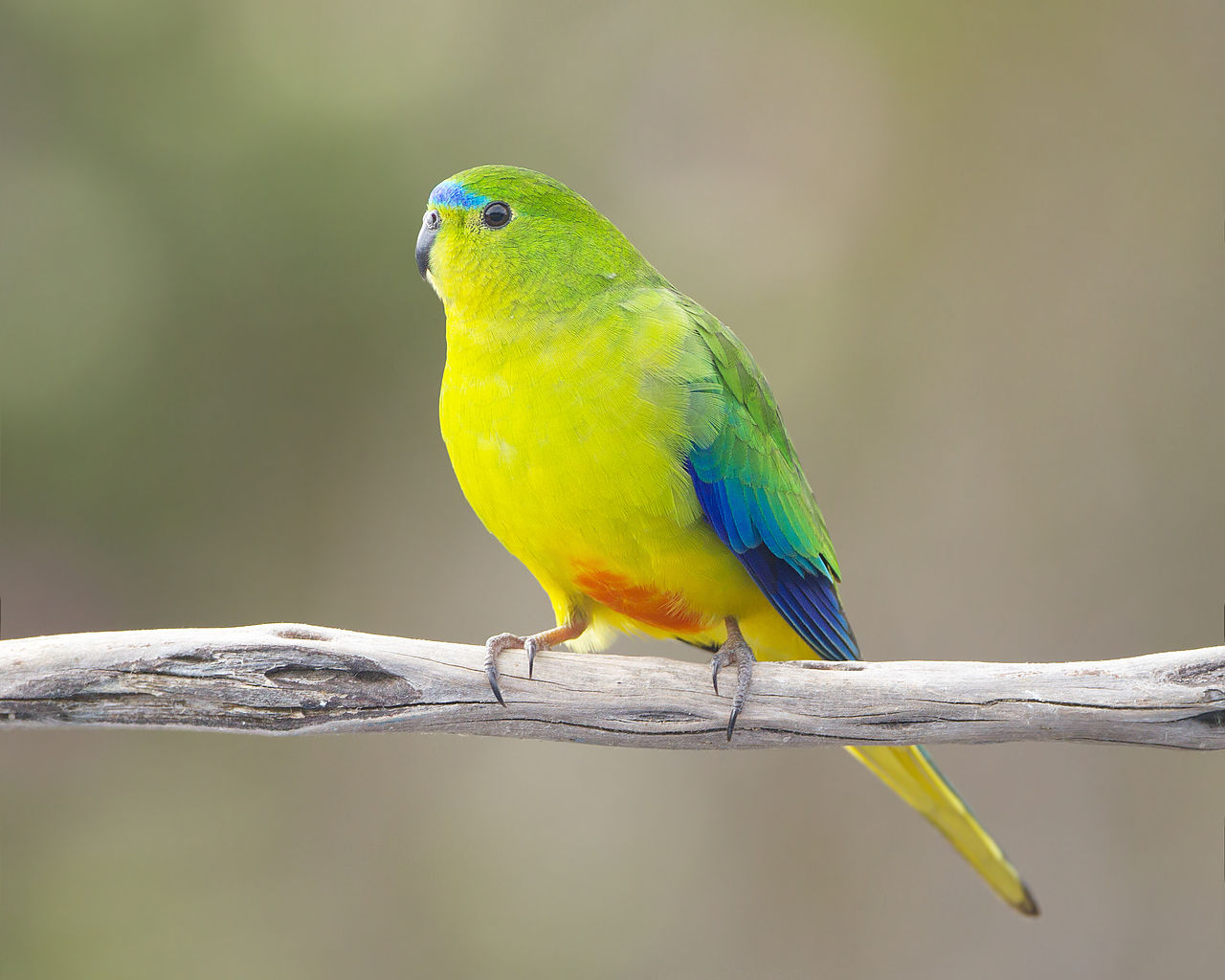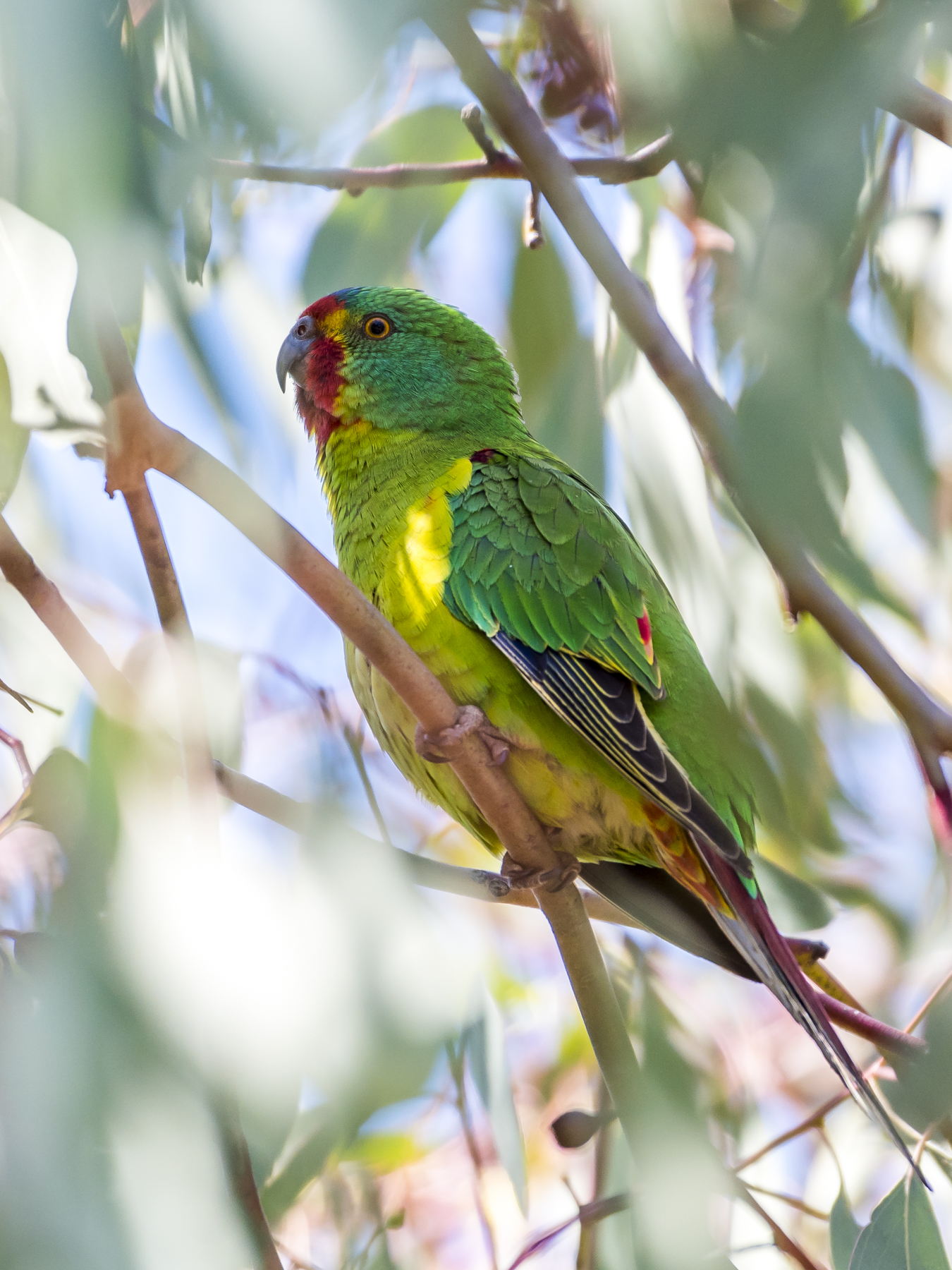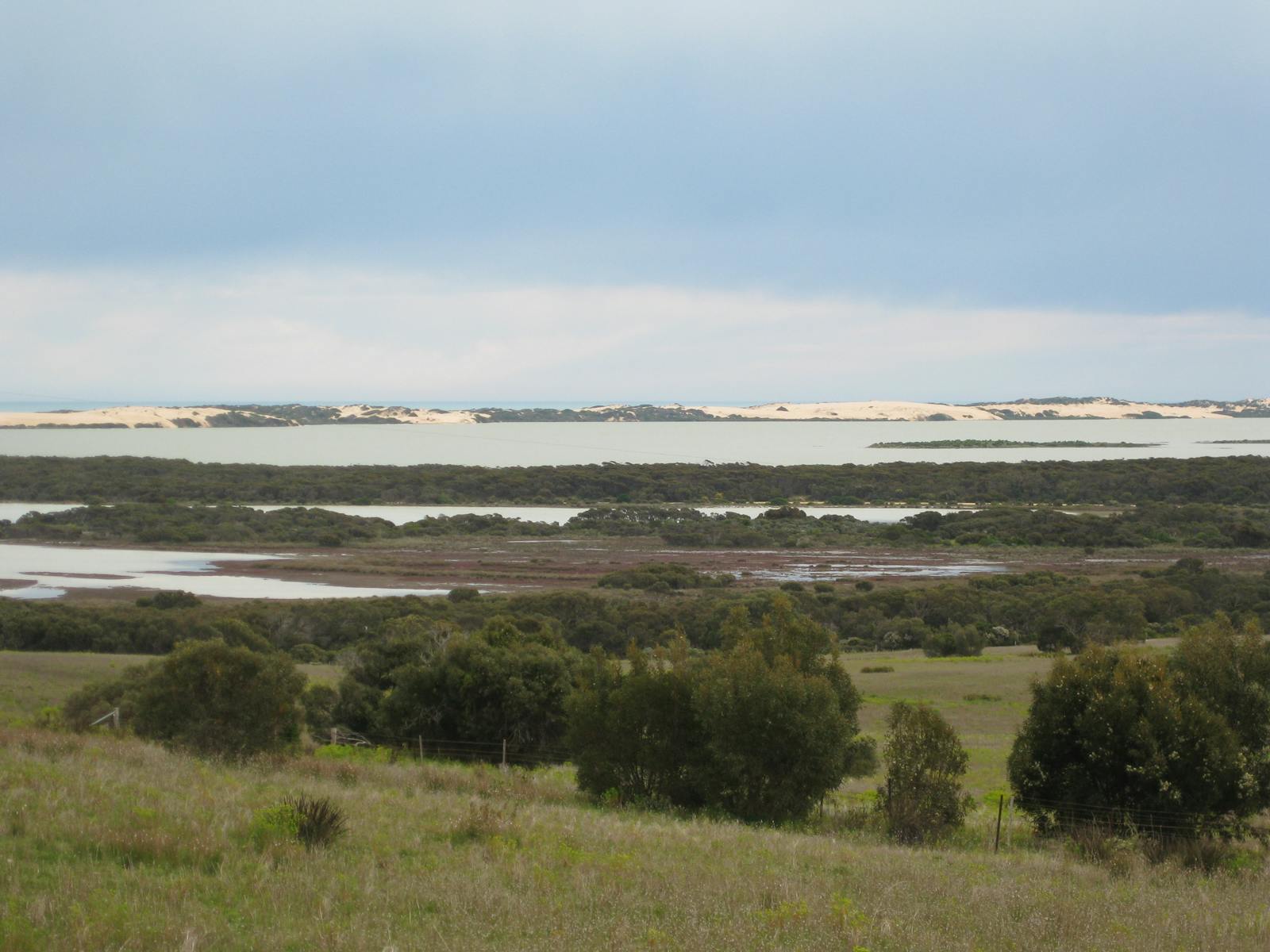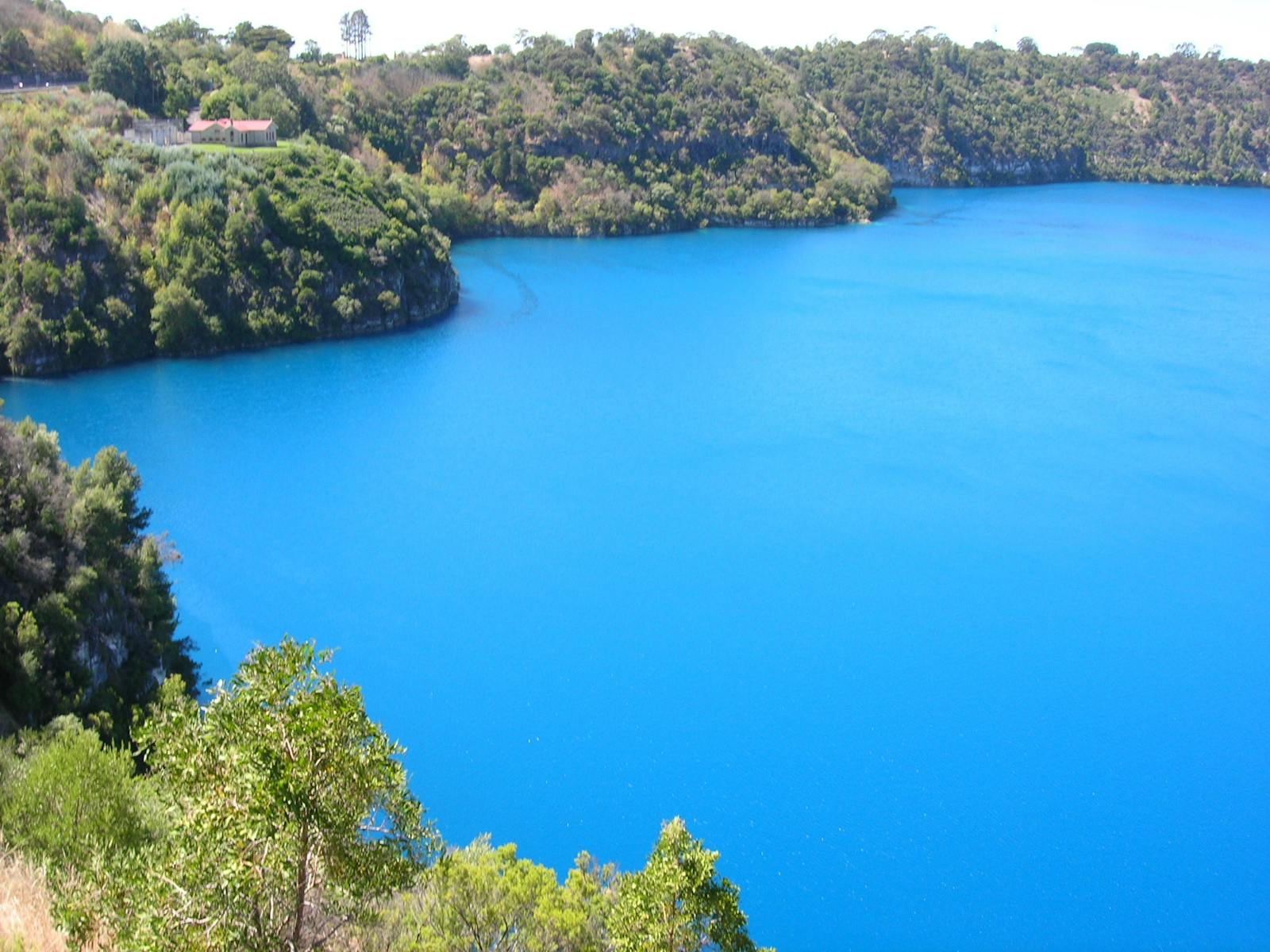Naracoorte Woodlands
The ecoregion’s land area is provided in units of 1,000 hectares. The protection goal is the Global Safety Net (GSN1) area for the given ecoregion. The protection level indicates the percentage of the GSN goal that is currently protected on a scale of 0-10. N/A means data is not available at this time.
Bioregion: East Australian Mediterranean Woodlands & Temperate Savannas (AU4)
Realm: Australasia
Ecoregion Size (1000 ha):
2,463
Ecoregion ID:
204
Protection Goal:
21%
Protection Level:
5
States: Australia
The Mediterranean-climate woodlands of the Naracoorte represent a globally-rare habitat type adapted to cool, wet winters and hot, dry summers. This ecoregion supports lowland woodlands as they transition into wetter environments towards the east. Open sclerophyll (waxy-leaved) forests and woodlands dominate with heaths on sandy soils, Gahnia tussock sedge lands in wetter areas, and river red gums (Eucalyptus camaldulensis) along rivers. Well-developed understories occur in the open woodlands comprised of Xanthorrhoea tussocks and small-leaved sclerophyllous shrubs (e.g., Acacia, Astroloma, Banksia, Calytrix, Epacris, Hakea, Leptospermum, and Leucopogon spp.).

The flagship species of the Naracoorte Woodlands ecoregion is the striped legless lizard. Image credit: Benjamint444, GNU Free Documentation License
Coastal saline wetlands and freshwater lagoons are a notable feature of the ecoregion and attract migratory birds such as red-necked stints (Calidris ruficollis), sharp-tailed sandpipers (C. acuminata), and curlew sandpipers (C. ferruginea). The critically endangered orange-bellied parrot (Neophema chrysogaster) spends winters among the coastal dune vegetation and salt marshes.
Pygmy possums (Cercartetus spp.) and gliding possums (Petaurus spp. and Acrobates pygmaeus) occur in the woodlands and forests. The swift parrot (Lathamus discolor), the regent honeyeater (Xanthomyza phyrigia), and the striped legless lizard (Delma impar) are some of the threatened species of this ecoregion. The Naracoorte caves, a World Heritage site, are home to the common bentwing-bat (Miniopterus schreibersii) and possibly some endemic arthropods. Water rats (Hydromys chrysogaster), eastern swamp rats (Rattus lutreolus), long-necked tortoises (Chelodina longicollis), and short-necked or Murray tortoises (Emydura Macquarie) occur in wetlands.

Orange-bellied parrot. Image credit: JJ Harrison, Creative Commons
Over 70% of the natural vegetation of this ecoregion has been cleared for agriculture, viticulture, and pasture. The remaining blocks of forest and wetland are threatened by ongoing clearing, fragmentation, and more intense and frequent fires. Wetlands are impacted by alteration of flood regimes, development, water-intensive agricultural practices, and increasing aridity from climate change. The Dryland salinity problem poses a major threat to the Coorong, with the area affected estimated to be increasing at 10% per year.
Introduced red foxes and feral cats prey on native wildlife, and rabbits damage natural vegetation. Some of the larger blocks of remaining habitat are in the Coorong National Park, Messent Conservation Park, Martin Washpool Conservation Park, and Canunda National Park. Several larger blocks are formed by narrow coastal strips encompassing dunes and lagoons.

Swift parrot. Image credit: Courtesy of Gunjan Pandey
The key conservation actions for the next decade are to 1) secure priority remaining blocks of relatively intact habitat in the protected area network, 2) restore riparian woodlands along key rivers and streams, and 3) put in place a fire management plan to allow the system a chance to adapt to more frequent and intense bushfires.
-
-
- Australian Government. 2015. Conservation Management Zones of Australia -- Naracoorte Woodlands. Commonwealth of Australia. Available at: https://www.environment.gov.au/system/files/resources/c2c03893-6e84-4f00-b355-64cc6f8518c8/files/cmz-naracoorte-woodlands.pdf
- Cogger,HG. 2000. Reptiles and amphibians of Australia. Reed New Holland, Sydney, Australia.
- Davies R.JP. 1982. The conservation of major plant associations in South Australia. Conservation Council of South Australia, Adelaide, South Australia.
-



